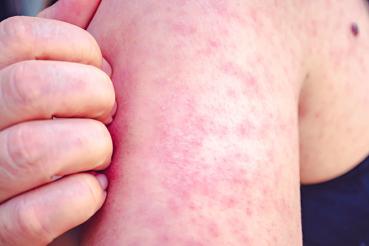A new therapy for people suffering from a rare neurological syndrome is offering hope for restoring a protein that is critical to brain function.
Scientists have found that a therapy called “antisense” may restore production of FMRP, a protein that plays a critical role in brain function, in cell samples taken from patients with fragile X syndrome.
When the FMRP is absent, as in fragile X syndrome, there is excess production of hundreds of different proteins in the brain. Although it’s not fully understood, without FMRP, normal neurological development doesn’t occur.
Results of this study were published in the July issue of the Proceedings of the National Academy of Sciences.
People with fragile X suffer from intellectual disability as well as behavioral and learning challenges. Cognitive disabilities can range from mild to severe and afflict boys more frequently than girls. The average IQ of male fragile X patients, who are more severely affected by the mutation because they have only one X chromosome, is about 45.
Meanwhile, two-thirds of affected females are intellectually disabled although usually have milder disability than males. There is no cure for fragile X syndrome, although interventions such as special education, speech therapy, physical therapy or behavioral therapy and drugs offering symptomatic relief can provide the opportunity for optimizing a full range of skills.
“This is a very exciting finding that has high therapeutic potential,” said Elizabeth Berry-Kravis, MD, professor of pediatrics, neurological sciences and anatomy and cell biology at RUSH.
“It is very early in development, however, and much work is needed to determine how effectively the strategy can restore FMRP, in what percent of brain cells, and in which individuals with fragile X. If the strategy turns out to be successful in cells from a significant percent of individuals with fragile X, this may provide a genetic reversal of disease that could have high clinical impact and improve the functional level of people living with fragile X, thus reducing the burden on their caregivers.”
For more information about the study, visit umassmed.edu.





